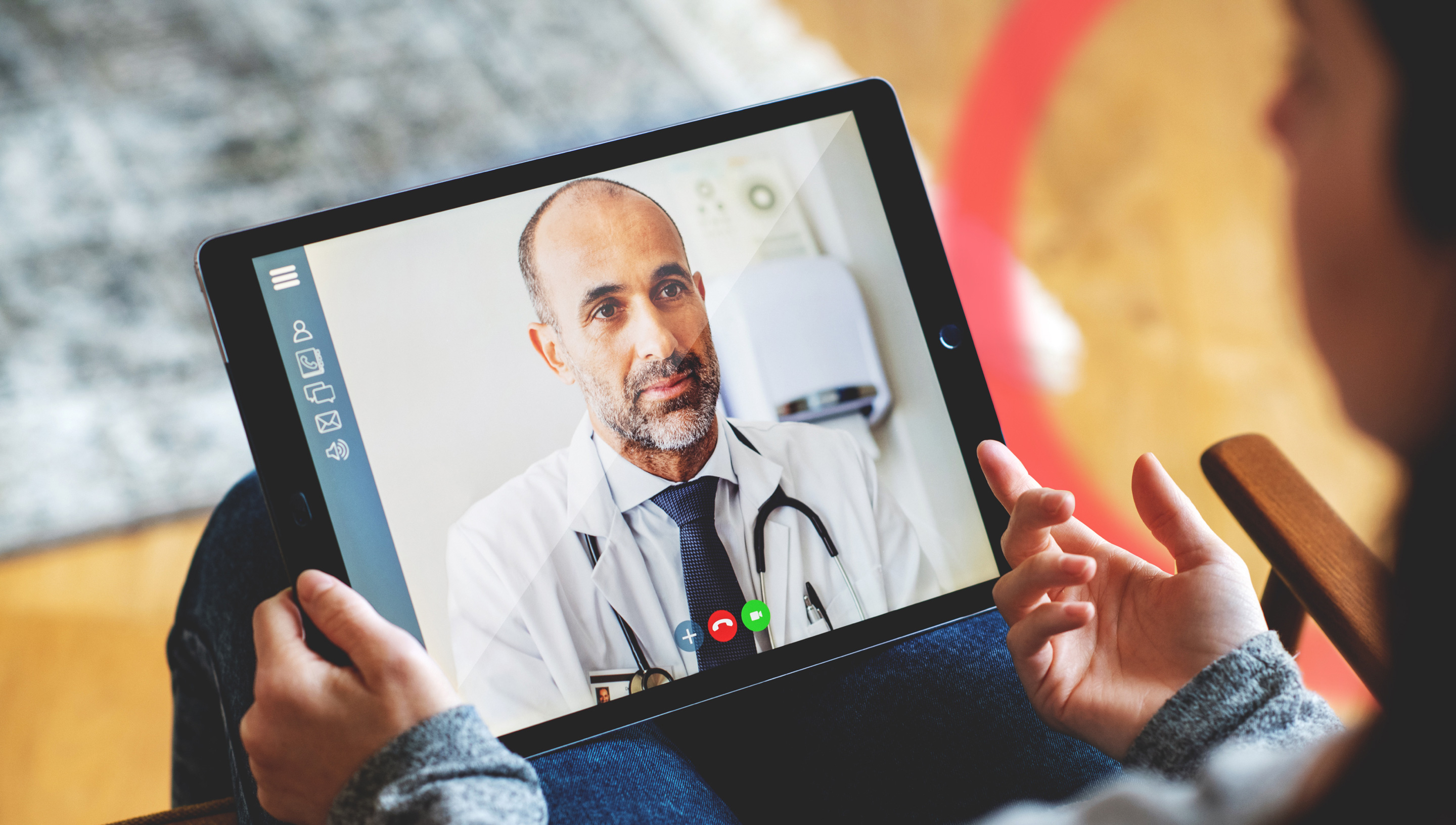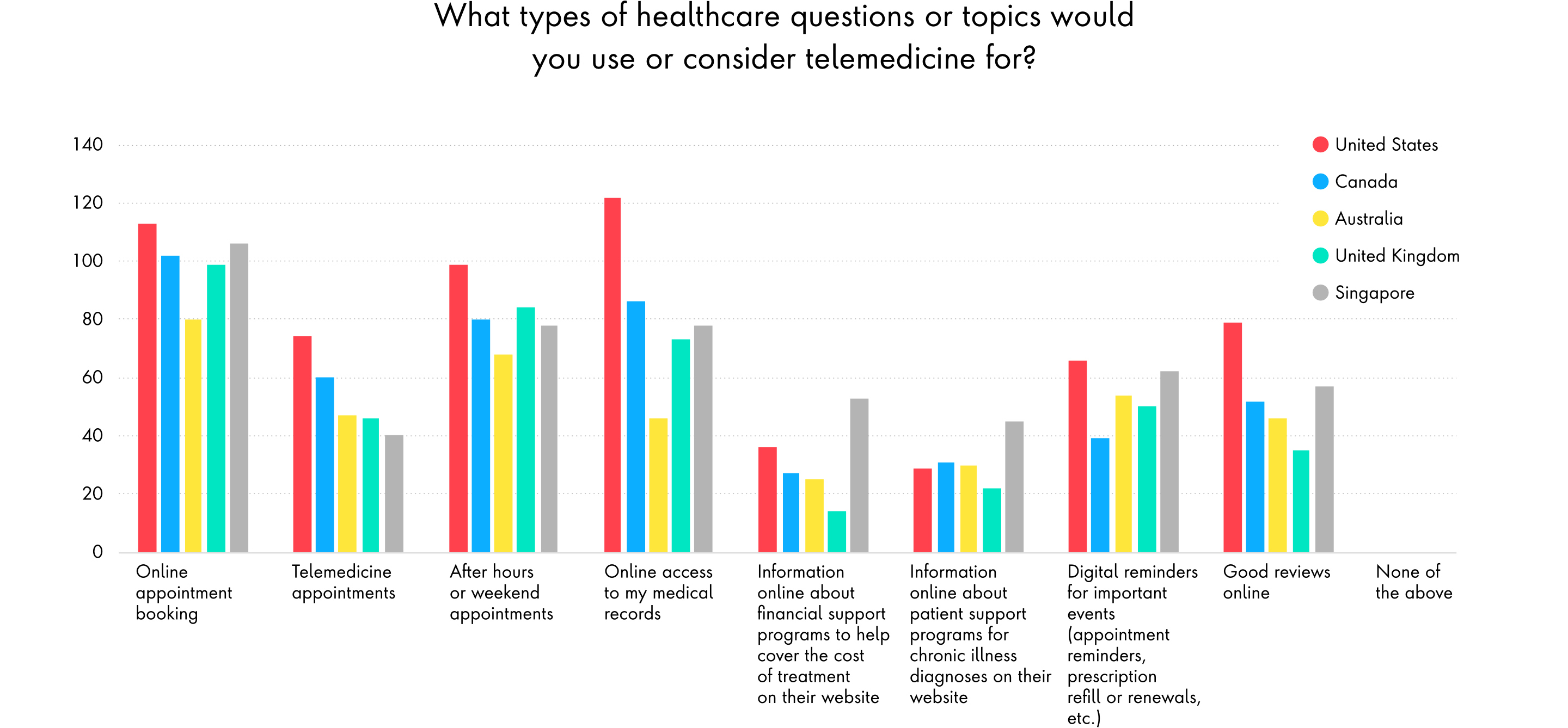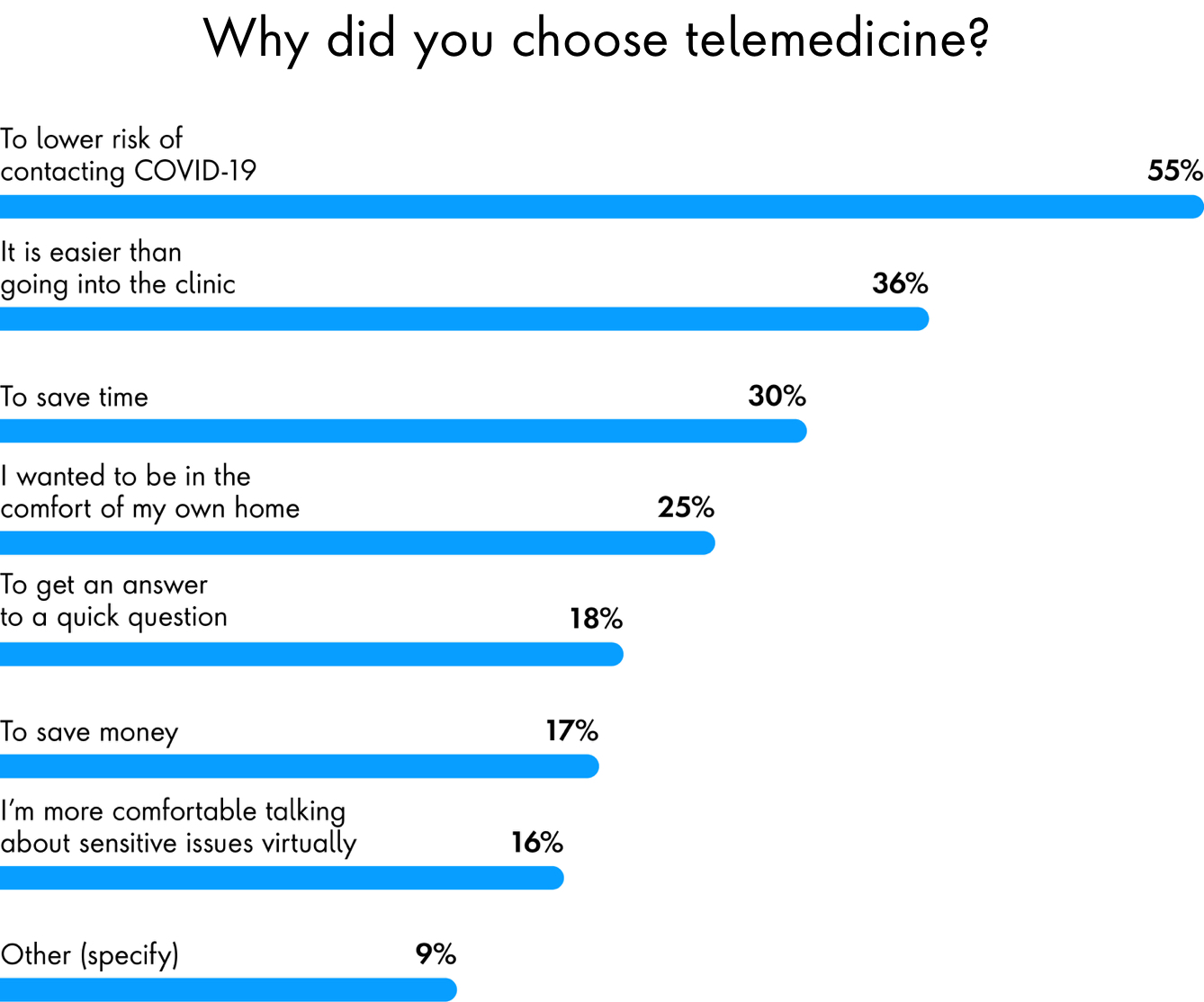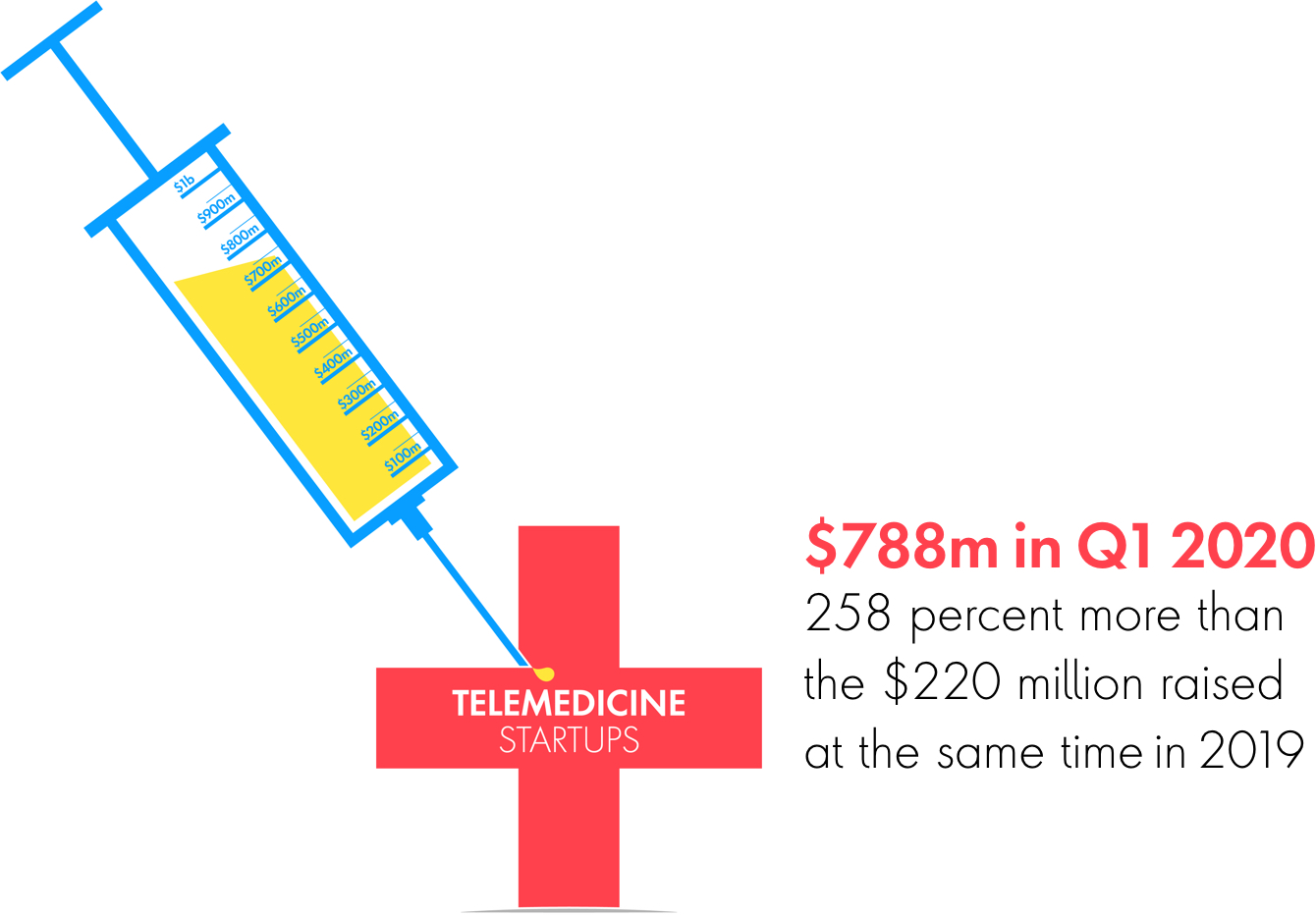Summary
Healthcare transformation requires careful alignment of three key concepts:
· Embrace a service design approach: Develop a data-driven understanding of how patients use digital tools and widen the spectrum of digital services to meet new customer needs.
· Understand the power of new platforms: A platform approach can use data to create intelligent, highly personalized experiences that connect different services under one shared touchpoint. If patients do not feel like their providers understand who they are, experiences will fall short of expectations.
· Apply transformation across the organization: From developing new cloud-based platforms to new operational processes, emerging market leaders must focus on flexibility, speed and a constant evolution to cut through existing internal systems that often reside in silos.
Comfort and convenience largely drive consumer demand. The same consumers who have grown accustomed to high quality, on-demand services from bankers, grocers and other essential service providers are now expecting the same digital experiences when interacting with their healthcare providers.
In less than a year, increased demand for telehealth services sparked by COVID-19 prompted consumers to catch up with what the healthcare industry has spent at least a decade preparing for.







